
Silva are best known for their compasses, which represent the industry standard in navigation. But they've also been doing lighting for years, because in their country of origin - Sweden - it's hard to avoid getting out during the darkness during the long winter nights. Here in the UK those nights may be fractionally shorter, but they still feel pretty long, and during the recent winter I was out and about testing the Trail Runner Free H's credentials. Whilst it may not be the brightest torch in their collection, it has a whole lot of features, and it's those that will make it appealing not just to trail runners, but to hillwalkers navigating by night.
In Use
Though the Trail Runner Free is undoubtedly designed (and named) with trail running in mind, it's arguably a much better all-rounder than its name suggests. With 400 'true' lumens (more on exactly what this means later), coupled with Silva's intelligent light, it has a good blend of flood and beam which is as attractive to walkers as it is to runners.
Before we go too much further it's worth mentioning that there are a variety of models within the Trail Runner Free range, but within this review we'll be looking specifically at the Trail Runner Free H. I'll intermittently reference other models where it's relevant, but these aren't models that we've used. For more information on these, beyond what we've said, visit silvasweden.uk
Brightness and Burn Time
The Trail Runner H features what Silva describe as 'true lumens', meaning that they're measured by what they (and we) believe is the most reliable method available - the ANSI FL1 flashlight basic performance standard. This has become the industry standard and acts as a guarantee for more meaningful figures, in a market that can be guilty of some dubious and misleading claims in terms of both brightness and burn time.
When it comes to brightness and burn time, the Trail Runner Free H has three settings. Being a Scandinavian brand, hence used to developing products that will be used throughout a wide range of temperatures, Silva provide additional performance stats for cold and hot environments. Most people will be aware that the cold has a negative effect on battery life, but very few people will ever have seen a quantifiable measure on exactly what that may be, so hats off to Silva here, because it's an important factor to take into account during the winter months.
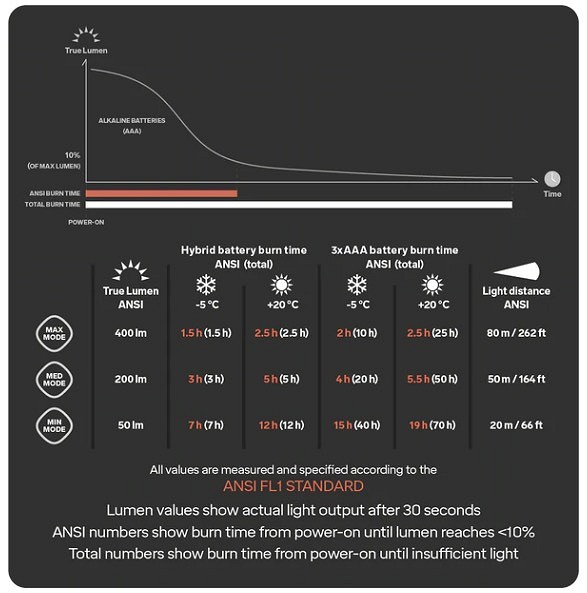
It's by no means the most powerful headtorch around, with 400 lumens realistically being at the modest end of the spectrum - particularly where trail running is concerned; however, if you're after more, the chances are you're going to pay more. I have tended to find myself using the max setting out on the hill, particularly whilst descending, just to get that bit of extra distance. The medium seating is fine for more manicured trails, because of the fact you've got more predictable ground. I often use the middle mode whilst going uphill too, partly because I don't need the extra output, but also to save that little bit of battery when I can. The low setting is actually a little more meaningful than some of its competitors, so can be used to prolong burn time on more predictable ground, or - as is more often the case - to use a map, or look for something within your bag without blinding yourself. It's perfect for around a camp too.
I'd probably have preferred the Trail Runner Free H kick out a little more in the way of lumens, but I think it's always easier to want more. On the other hand more brings with it other complications - an increased weight and a decrease in battery life. There are no free lunches, or lumens.
Batteries and Charging
The Trail Runner Free is available with several different options, each at a different price point, and each with various pros and cons. Here's a quick breakdown:
- Trail Runner Free - 3 x AAA batteries
- Trail Runner Free H - 1.24Ah rechargable battery OR 3 x AAA batteries
- Trail Runner Free Ultra - 4.0Ah long distance battery
We've got the Trail Runner Free H on review here, which is arguably the best all-rounder, and is what we're going to focus on. From our perspective, a hybrid battery (i.e. one that permits both a regargable battery pack and conventional disposable or rechargable batteries) provides a greater level of versatility. Whilst I am not personally one for using disposable batteries these days, they can be useful as a 'just in case' option - or for when you're running particularly long hours overnight, but don't want to invest in another battery pack (incidentally, these come in at £27.99). It's also possible to retrofit the Ultra 4.0Ah battery, which might be appealing for those looking at spending longer nights out.
The battery itself is quick to charge, taking only 2 1/2 hours, which is handy when you're in a rush. It requires a USB-C cord, which comes supplied too.
Another nifty feature that very few other brands seem to put much of a priority on is the extension cord for the battery pack, which creates an adaptable system: either you can use the shorter cord and have it on the headband or you can use the extension cord and keep it in your pocket or pack. The latter has a number of benefits, with the greatest being the fact that if the battery is warmer, you'll likely get a lot more life out of it. Silva, being a Swedish brand, obviously appreciate this more than most, as their winters get seriously cold. Another benefit to having the battery pack off the headband is that it gives it an even lighter feel.
When it comes to monitoring the battery life, there isn't a particularly precise measure. The best you've got is when turning the torch off, if it goes red then it needs charging and if it's green then it's fine. I'd have liked a more accurate system which would allow me to understand what percentage of battery life is left, as this would be a lot more meaningful than whatever green means. The last thing you want to do is go out on a run and for it to die half way through, so in order to avoid this I've tended to go by the maxim of "if in doubt: charge it".
Modes and Operation
I've already outlined the three intensities, but the way Silva choose to cycle through these different modes is quite interesting. When you turn the torch on, it goes straight to the brightest mode, then you click the button (located on the side of the headtorch) to decrease intensity. Whereas some brands favour turning the light off entirely when you reach the end of the cycle, Silva prefer to keep things lit up, and instead simply offer a short double flash to indicate you've moved from darkest to brightest. I'm not entirely sure that the double flash is necessary, but I do like the fact that you can cycle through without it going dark.
At the rear, the Trail Runner Free features a red light, which has to be manually turned on and off in one of two modes: flashing or continuous light. I'm a big fan of having a red light, because whilst I don't run in too many urban areas, I do run on a cycle track at night where it's useful to be seen. In more mountainous environments I've used the light in groups, where it's useful following people who are out in front. In a race environment, or on your own in the hills, you might not want (or need) it - hence it's useful that it's entirely up to you, and not automatic like some.
Size, Weight and Robustness
The pack size of the Trail Runner Free H is what you'd expect for a lamp of this spec, which is to say that it's neither super compact nor super huge - it's middling.
Weight-wise it comes in at 125g, including the batteries. It's worth mentioning that whilst weight is indeed important, so too is balance, and the fact that Silva have chosen to split the battery pack and the light means that it does have a generally lighter feel whilst on the head. It's also a lot less prone to bouncing too, which is something that heavier all-in-one style headtorches can suffer from.
Other reviewers have speculated how hard it might be to replace the wiring, given that it's integral to the headband. Whilst this is - to an extent - an interesting question, and we should definitely be thinking more about how we can repair the equipment we own, my question in return would be - if you break any other brand of headtorch's wiring - how easy would that be to repair? Generally, not very, so I don't think it's a concern peculiar to this design.
When it comes to build quality, the battery case doesn't feel the most robust, but equally - it hasn't (thus far) shown any actual signs of wear. The rest of the headtorch, particularly the strap, feel like they're manufactured to an exceptionally high standard.
The Trail Runner Free is IPX5 rated, meaning that it's weather resistant, as opposed to waterproof. I've been been out in heavy rain with it, and it's continued to function. Whilst IPX6 would be great (i.e. fully waterproof) it would - much like more lumens - have an impact on price. In addition to this, from personal experience, IPX5 is infrequently a problem - even for wet climates such as ours.
Straps and Head Tilt
The 'Free' element of the Trail Runner Free refers to the strap, which features an integrated power cord. There is no external power cord, as it's all hidden within the strap itself. This seems like a pretty neat solution, not least because it's a really good head strap - nice and comfortable, with a silicone band running around the inside to prevent it slipping. I've already covered the question of durability above, which feels to me like a moot point (nice though it would be to be able to repair it if something did go wrong).
Tilting is made easy by the fact that unlike some brands, which have preset points you click into, the Trail Runner Free just has a smooth rotation, whereby you can have it at the exact angle you want. The concern some might have, and the reason why many brands use preset points to click into, is that a smoother system might potentially slip during usage, although I haven't personally found this to be a problem here.

Value
Though we tend not to compare torches side by side in individual product reviews (we tend to save this for our larger Group Tests) it is worth putting the Trail Runner Free's price into context. Whilst it does have some features that others don't (the extendable battery pack cable and integrated headband being a good examples of this), it's definitely at the upper end of what we'd expect to pay for a 400 lumen headtorch.
The Black Diamond Sprinter 500 is perhaps its closest competitor, coming in at an almost identical weight, but featuring a larger battery pack, and - at least on paper - a higher output (although take these figures with a pinch of salt, because BD don't adhere to the ANSI FL testing procedure we mentioned earlier). Both have a rear light, both have the option of either rechargable or disposable batteries, but the Sprinter 500 costs £75 vs. the Trail Runner Free's £99.99.
The other torch that's logical to draw comparison to, albeit without a lot of the Trail Runner Free's features, is the Petzl ACTIK CORE. This is very minimalist in comparison, but kicks out a comparable 450 lumens, and comes in at just £60.
Whilst it's hard comparing each side by side exactly, it does feel like - at least in terms of the investment - the Trail Runner Free would have benefitted from a few extra lumens, just to make it stand a little further above the competition - either that or being a little bit cheaper. Whether it is the right choice for you may come down to how much you value some of those unique features.
Summary
The Trail Runner Free is a much more adaptable torch than the name suggests, and will be of interest not just to trail runners, but to hillwalkers too. In fact, arguably its greatest asset is the fact it comes with various perks and add-ons that other torches don't (i.e. the option to extend the battery, or to upgrade it with a larger one). Whilst 400 lumens feels a little modest, it's enough, although for the price it would have been nice to have a bit more range. It's comfortable, features mimimal (if any) bounce, and manages to blend both flood and beam so that you get a good spread of light across and in front of you. All-in-all we've liked it, but wish it'd had just a little more oomph.



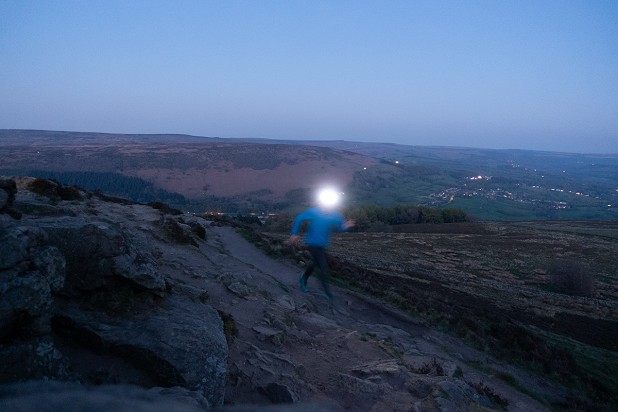

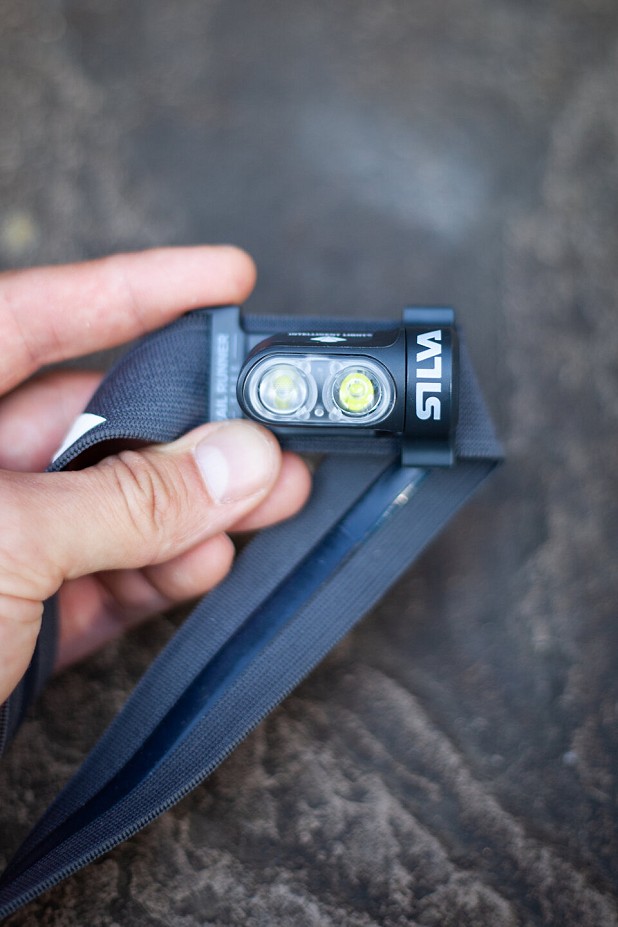
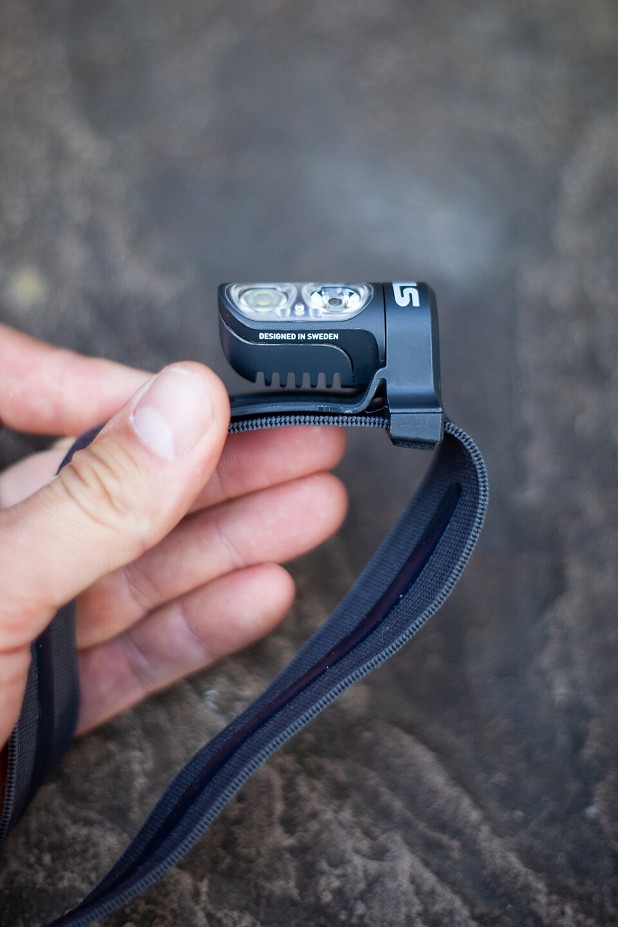
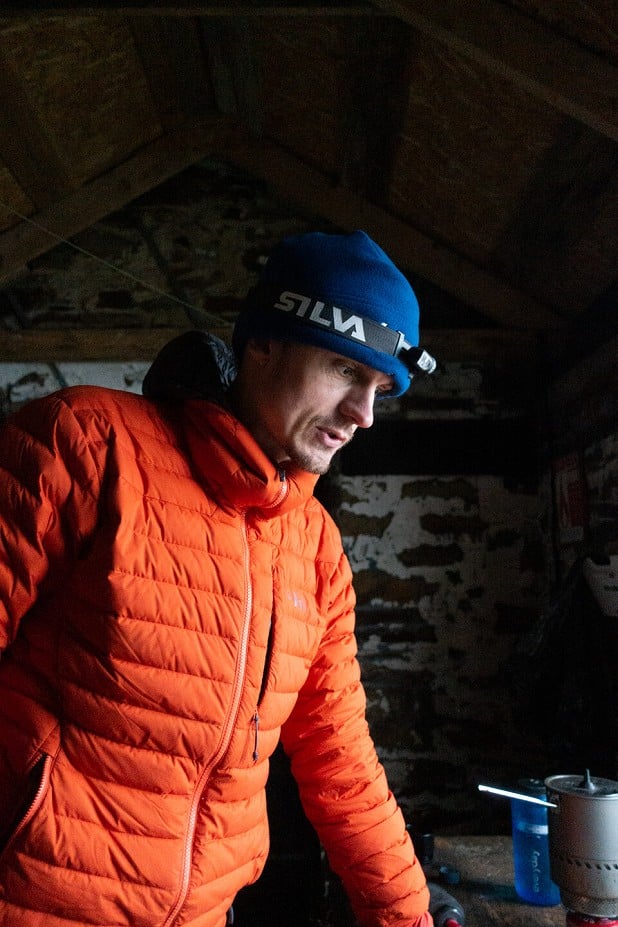

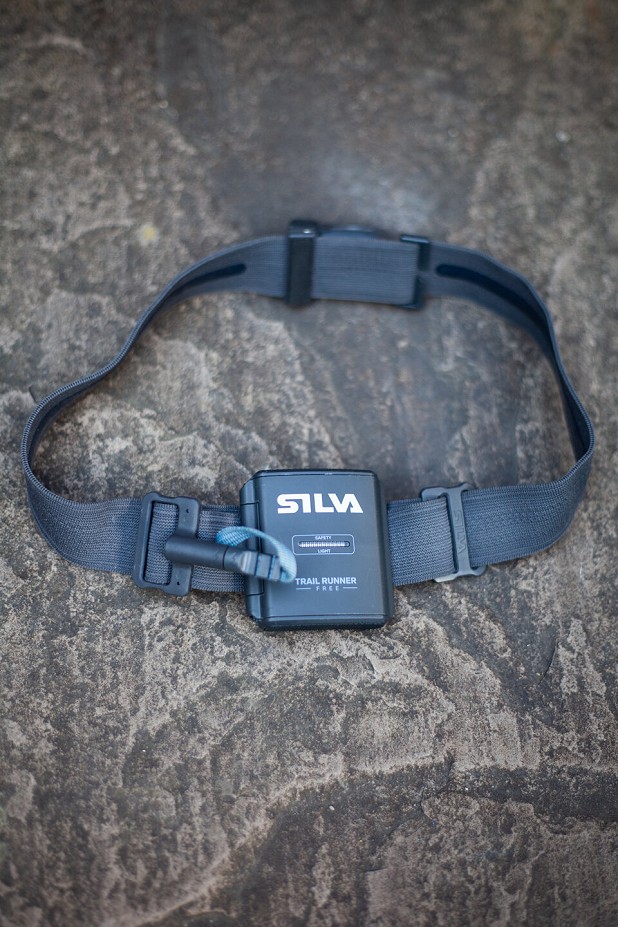
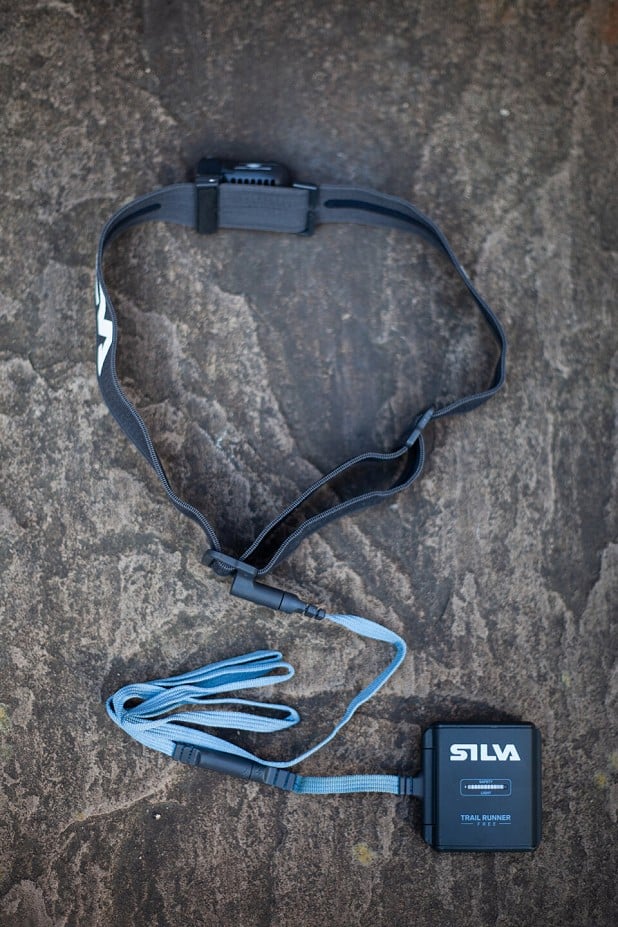
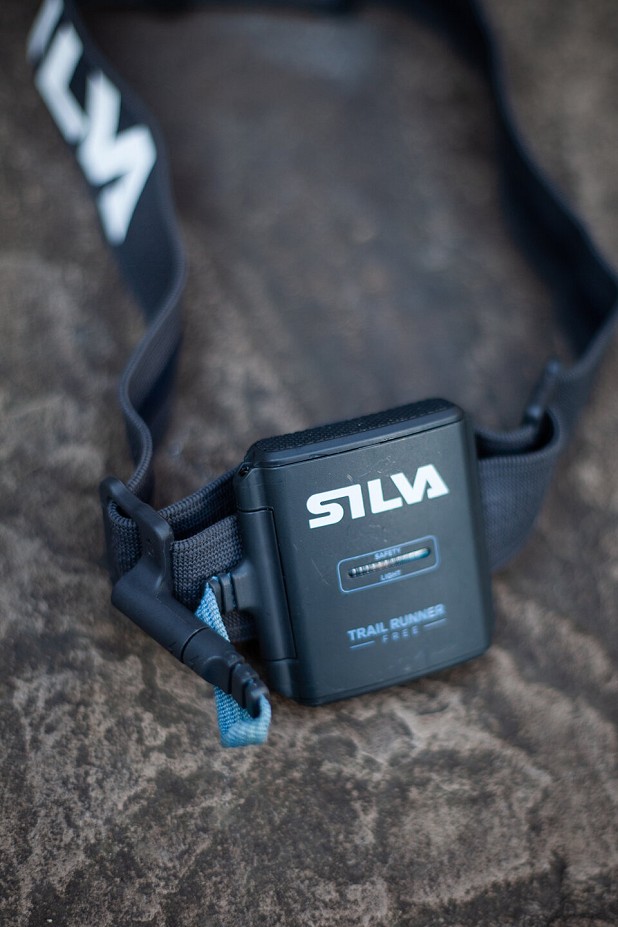
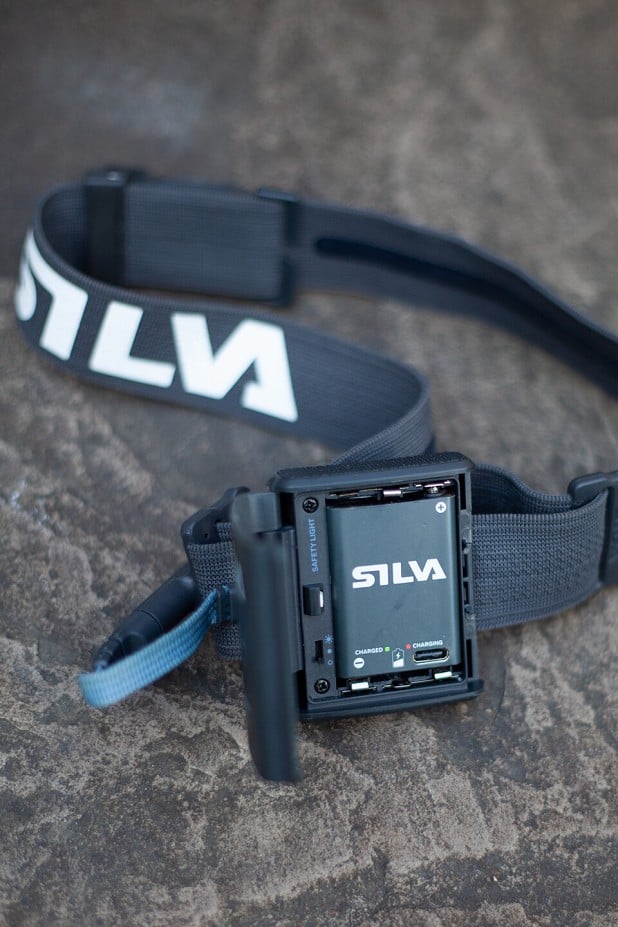
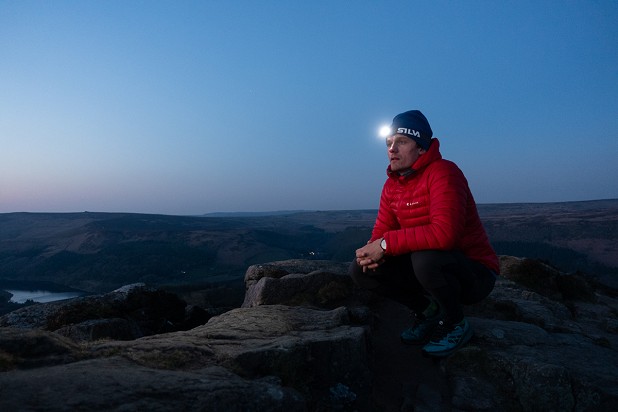

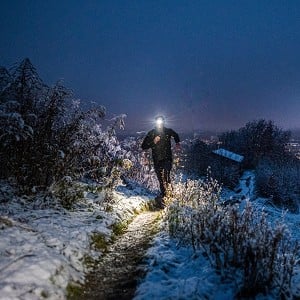

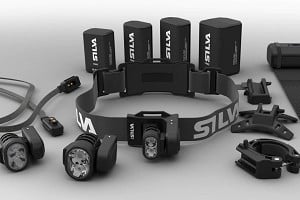
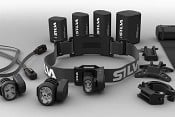


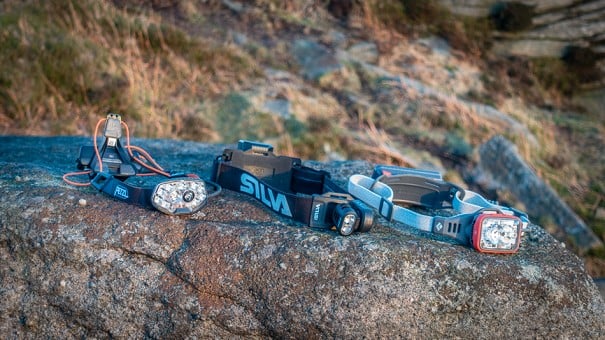





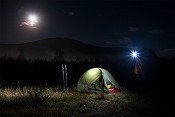


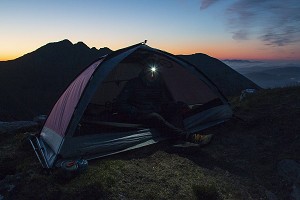
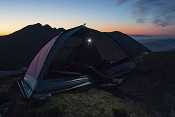
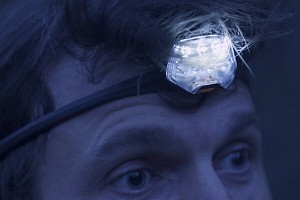


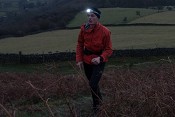

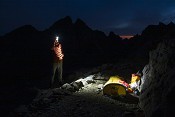


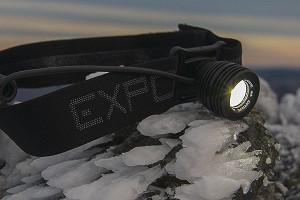







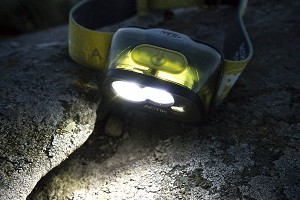
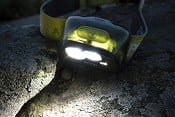




Comments